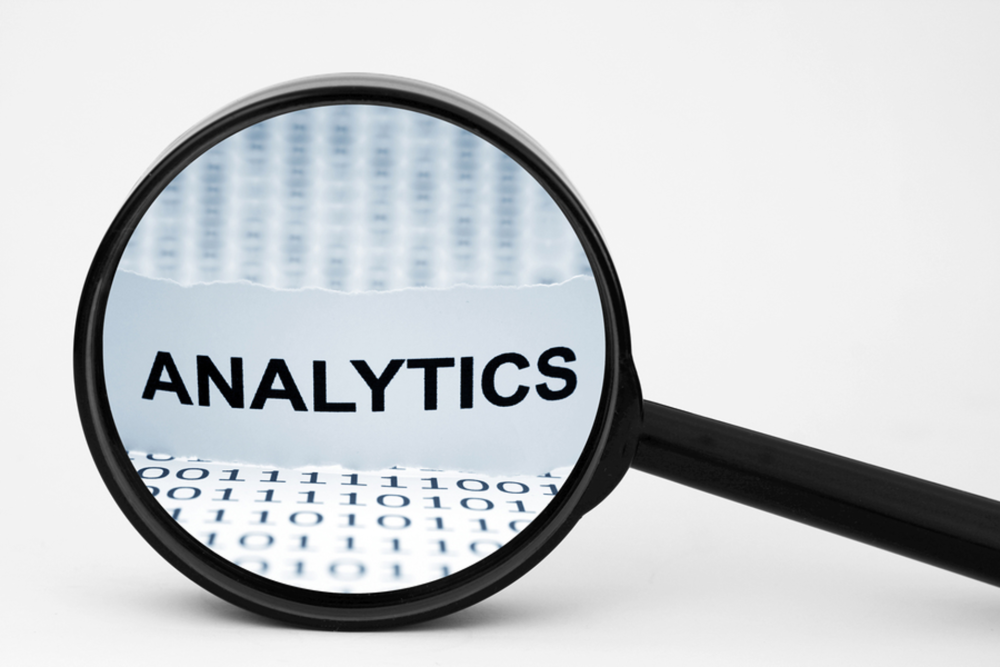Data volumes continue to grow. Customers can be reached—and lured away—through an ever-expanding range of channels. And batch-and-blast marketing continues to fall out of favor. The growth in predictive analytics solutions helps address all of those needs, and the technology is keeping pace with demand for equally varied reasons. “It’s no one or two innovative breakthroughs, but rather a natural progression of more adopters, lower cost, and more momentum,” says Dean Abbott, co-founder and chief data scientist at SmarterHQ.
Whether it’s gaining better understanding of changing market dynamics, or zeroing in on the best next message for every customer in your database, predictive analytics can deliver. If you’ve been on the sidelines so far, here are some reasons to get on board.
To make better use of data. Don’t run from high data volume. Corral it. Focus on quality. And let predictive analytics dive into the deeper recesses to help model the ongoing customers responses to your marketing activity. When you understand how customers are likely to react in real-time, not just through quarterly reporting, you can start making more powerful strategic shifts in spending and messaging. “This is particularly powerful in markets such as hospitality and travel, where the frequency of purchase is lower and your data has historically been less complete,” says Dave Scamehorn, VP of marketing analytics at Olson 1to1.
To evolve beyond RFM (recency, frequency, monetary) models. RFM models have a lightweight predictive component because they focus on messages that will move customers from their current box up to the most recent purchase category. The main limitation is that the data is always one step behind. “Recency and frequency are purely past behaviors,” says Leslie Fine, VP of data and analytics at Salesforce.
Predictive analytics can do more. Instead of just focusing on the offers that generate sales, you can model the behaviors and exposures that keep customers from sliding into inactivity.
To understand customers better than your competitors. According to Forbes Insights data, only 15 percent of marketers use multi-channel/multi-touch attribution data in their predictive models, or approximately one-third as many as use website data and demographics. That’s a prime opportunity to create a competitive advantage.
To refine your understanding of customer lifetime value (CLV). Predictive analytics is especially powerful for products that customers naturally grow out of, but that date cannot be easily predicted. A diaper brand, for instance, may lose a customer because a rival brand has lured them away, or because the customer has no more small children to diaper. Predictive analytics can help better model whether the relationship can be saved, or if it is time instead to transition the customer to a different set of products. “You want to continue to recommend that product if the model shows that they have an interest in it, but modeling will help you understand when you’ve tapped out that opportunity,” Scamehorn says.
To understand how future shocks will impact your business. The pace and inevitability of change and disruption could be used as a superficial argument against developing predictive analytics models. After a major shock to your business or industry, the model goes out the window, right?
While it’s true that models do require constant care and feeding in order to keep them relevant and viable, that is actually a strength. When the tides turn—for good or ill—predictive analytics can help you understand the potential impact, and the likelihood of a range of potential outcomes. For example, if a new competitor is expected to come in and take 15 percent market share, predictive analytics can help model where they are likely to pull that share from, and how your company should adjust spending in the future to compensate.
To take advantage of falling prices. Crunching Big Data is cheaper than ever, and easier to deploy at will. Intense competition among predictive analytics service providers and strategists is also making the discipline more accessible to a much wider range of companies. “The dedicated in-house servers you once needed to buy, manage, and maintain would price companies out of the predictive analytics game unless they were big,” Abbott says. “Since the advent of cloud computing, the software and the hardware are much more cost-effective, so even smaller companies can stick their toe in the market.”
DATA POINTS:
About 3x: Chances a marketer uses web data or demographics in predictive analytics, compared to using multi-channel/multi-touch attribution data. [Forbes Insights on behalf of Lattice]
11 percent: Projected growth rate for “computer and information research scientist” jobs (data scientists), 2014-2024 [US Bureau of Labor Statistics]
17 percent: Compound annual growth rate (CAGR) for predictive analytics market, 2015-2020 (Zion Research)
49 percent: Marketers using predictive analytics today [Forrester on behalf of EverString]
40 percent: Marketers planning to implement predictive analytics over next 12 months [Forrester on behalf of EverString]








